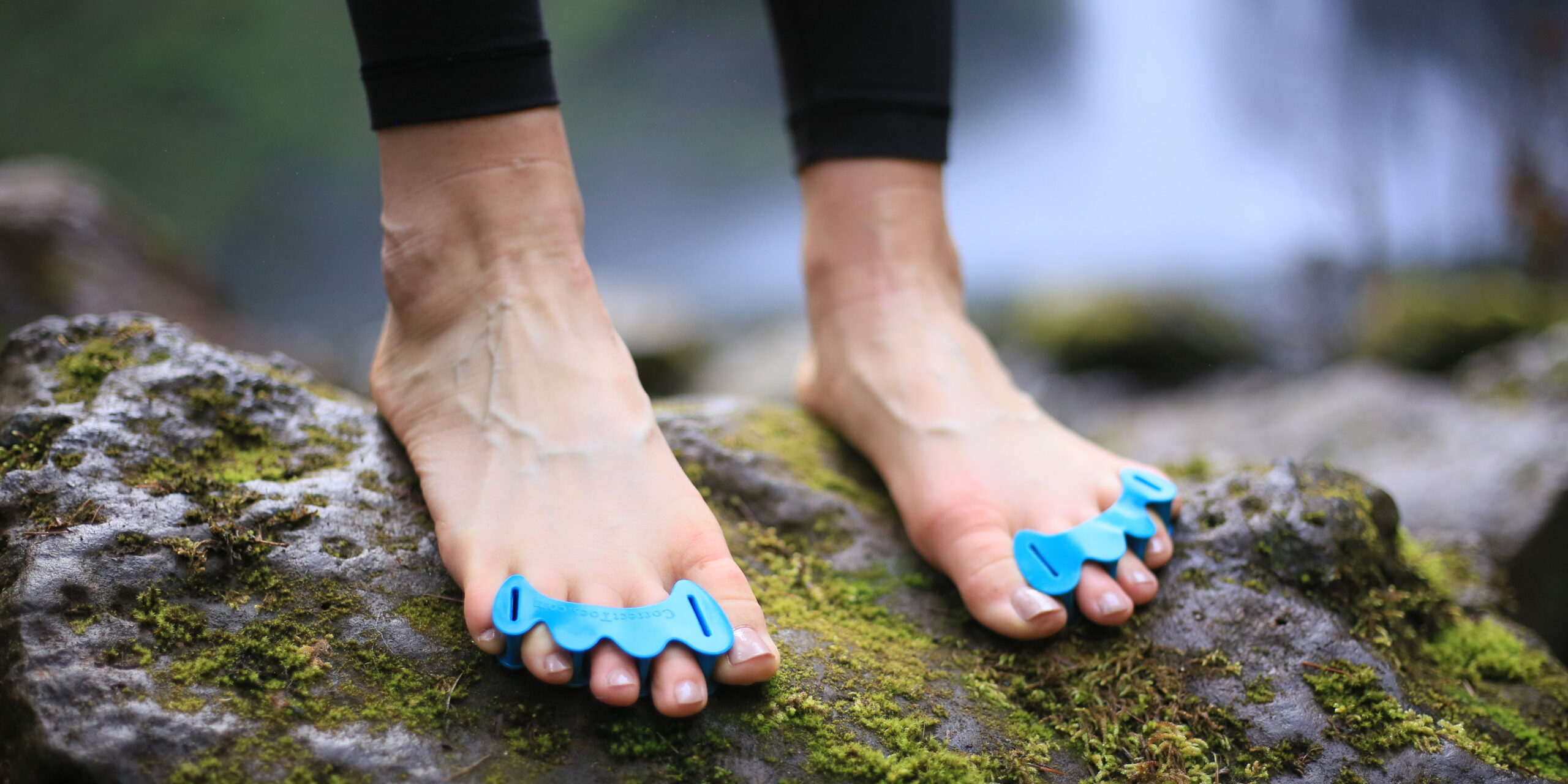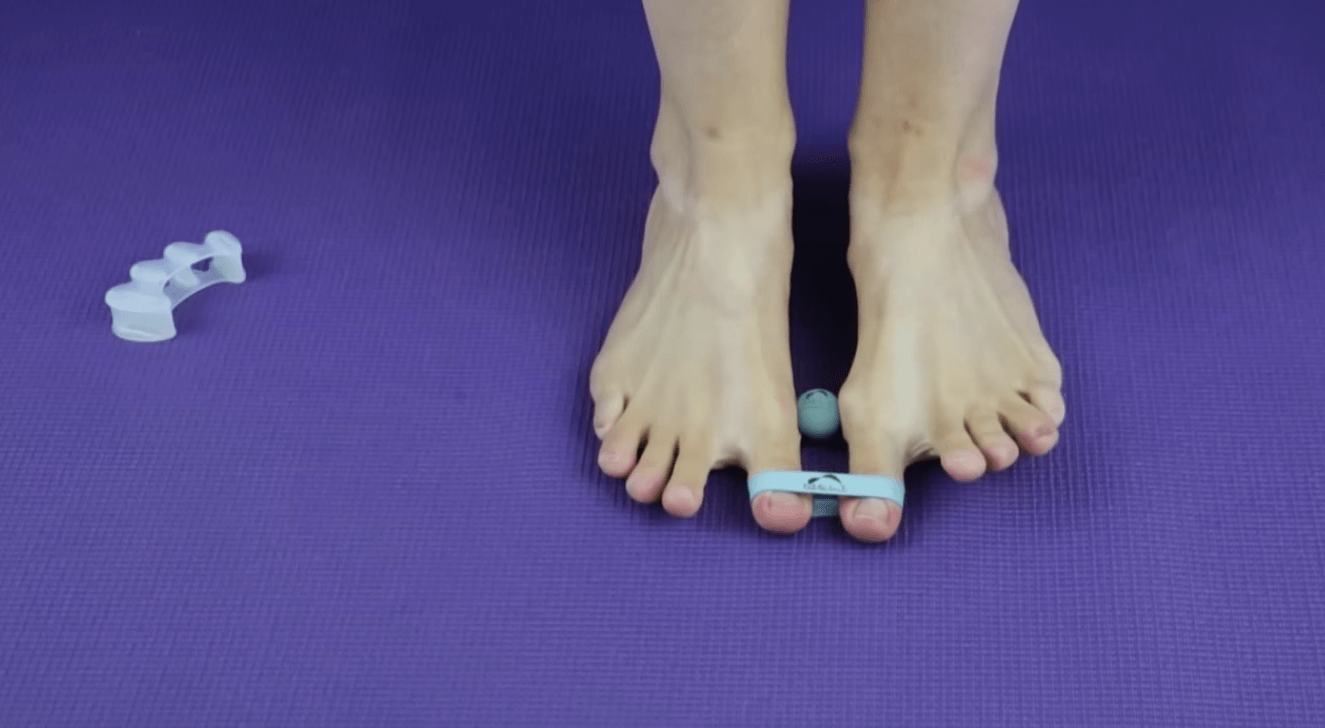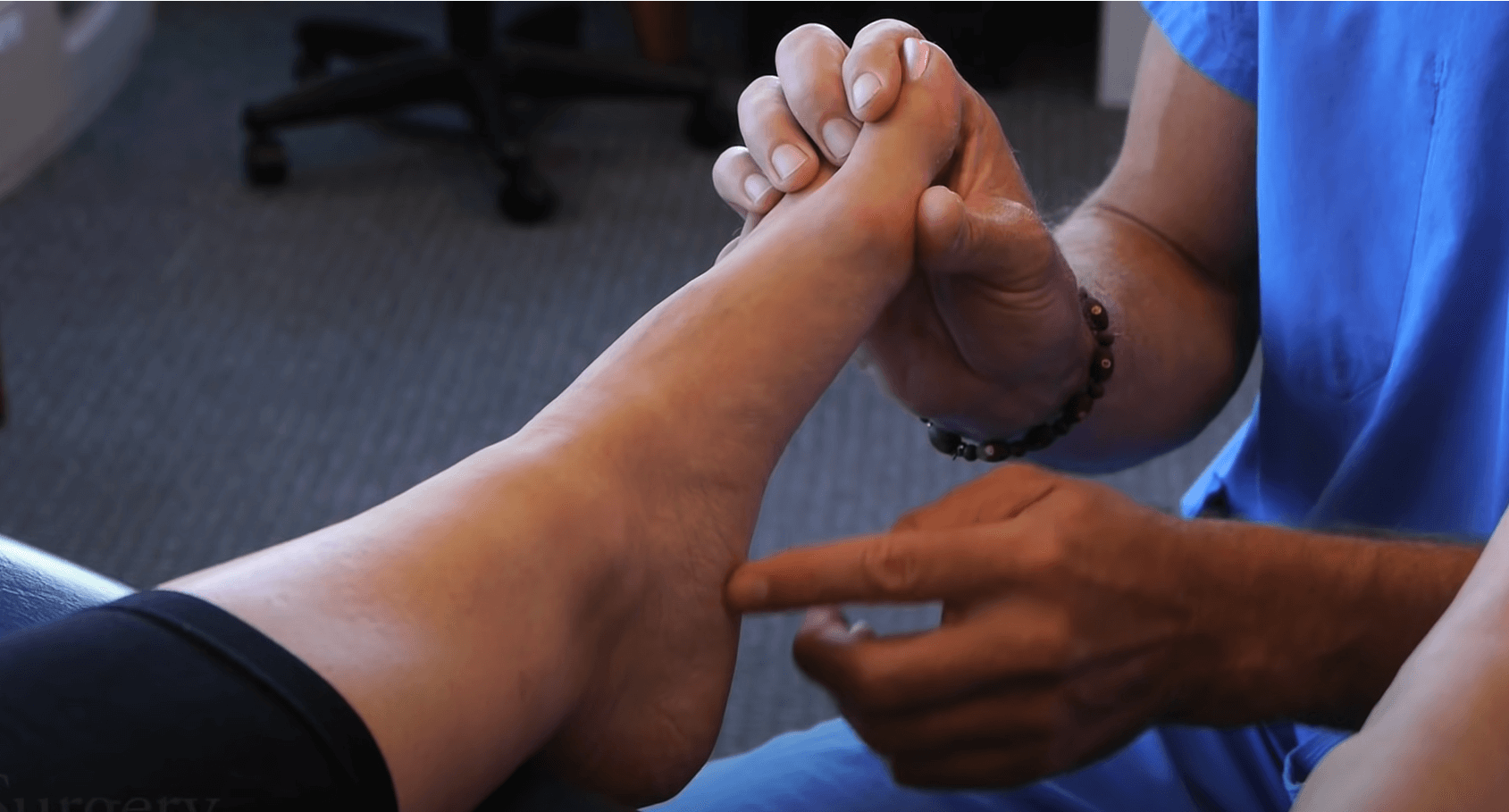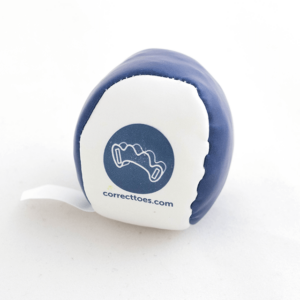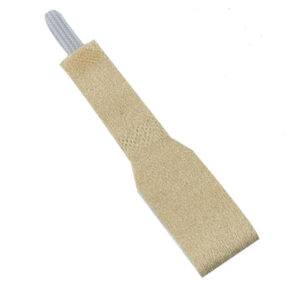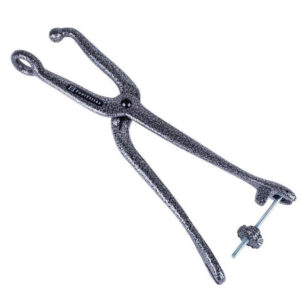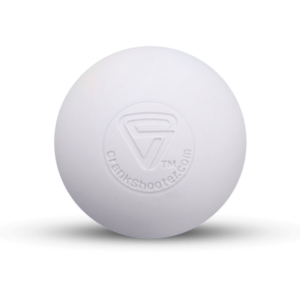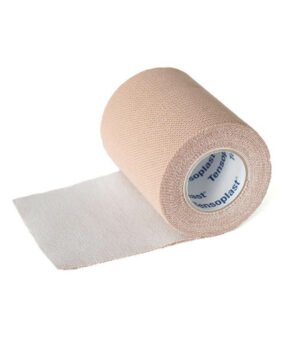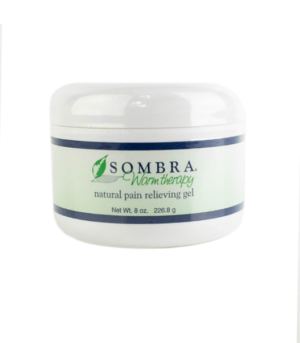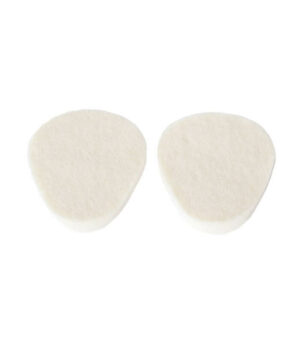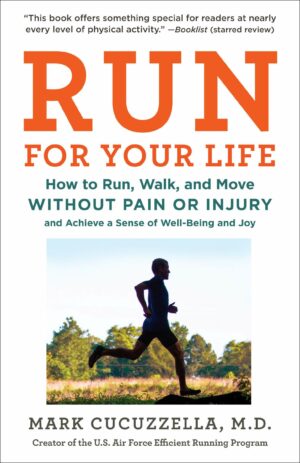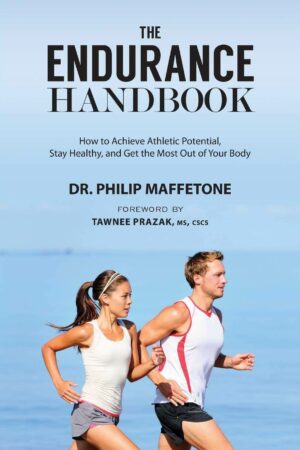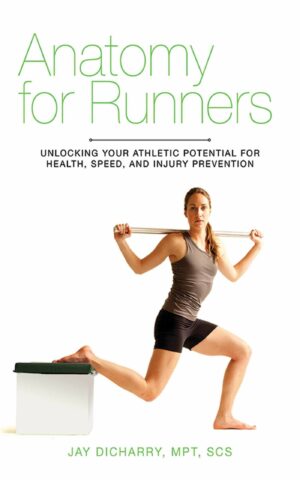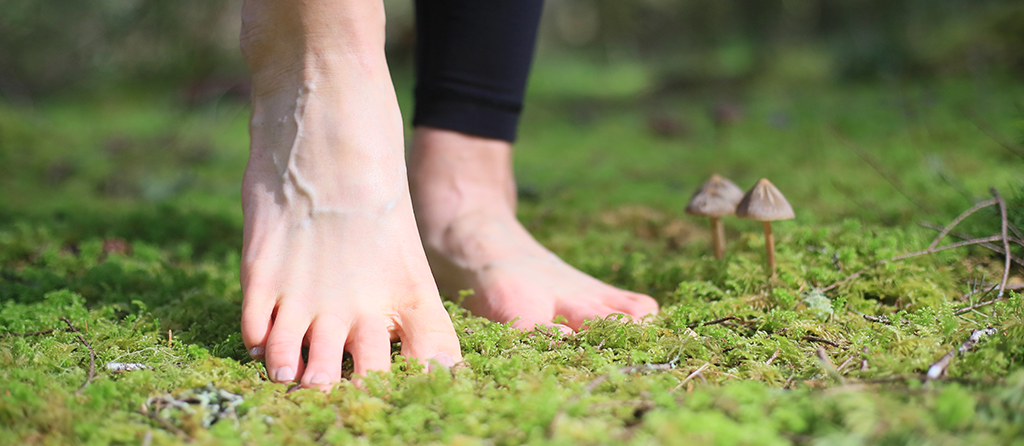
There are many potential benefits to wearing naturally shaped shoes for the athlete and non-athlete alike including reduction of foot deformities (bunions and hammertoes), increased foot strength, and reduced risk of injury. One additional benefit is improved balance. Balance is not something that is top-of-mind for most people, especially when many people make the transition to naturally shaped footwear in order to change/improve their walking and running. However, improving one’s balance is extremely practical and only becomes more so as we age.
Balance is a complex process that involves the brain, muscles, peripheral nerves, specialized sensors in tendons, equilibrium sensors in the inner ear, visual system, and the constant feedback loops between all of them. Clearly, there is more to better balance than just the feet, but they are our foundation and go a long way to helping all of the various systems work together better.
Structural alignment is the first component of improving balance while barefoot or in naturally shaped shoes. When your toes are spread out, and the tips of your toes are the widest part of your foot, the shape of your footprint is triangular. Together, these points form a tripod, which provides structural stability from the ground up to the ankle, leg, and entire body. In contrast, when the toes are squeezed together by narrow shoes, the strength of the tripod alignment is compromised. Constricting the toes in this way largely contributes to the need for arch support because the foot is put into an unstable position and therefore needs external support. If the toes are allowed to spread and the foot can function naturally, the support is inherently there, providing the foundation for better balance. This can be seen in an activity like yoga where participants practice barefooted by convention. One-legged balance poses are made more stable by the fact that the foot is free to spread out into a tripod and activate all its intrinsic musculature.
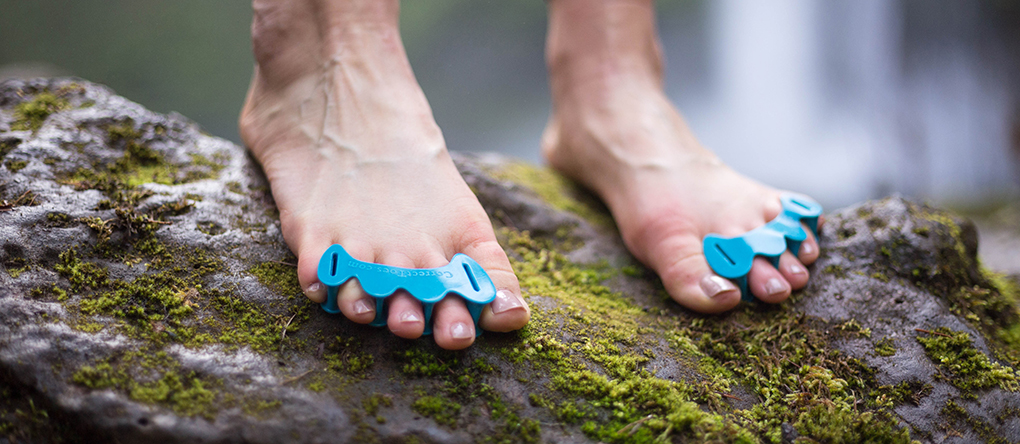
Muscular development is the next component in improving balance. We have written about this specific subject previously on this blog, so I will only focus on the relevant aspect as it relates to balance. Adjustments to the position of the foot cannot be made appropriately without adequate muscular strength. For example, if your foot begins to pronate (roll inward) when you are standing on one foot, your tibialis posterior (and others) must be strong enough to pull up on the midfoot. This pull on the midfoot counteracts the pronation with a supination (roll outward) force that brings the foot back to neutral. When balancing, this is happening several times per second with micro adjustments that people usually feel as the familiar wobble that occurs when trying to balance on one foot. The stronger the muscles are the more force they can exert to make adjustments in stance. Practically, strength in the lower extremities is arguably the most important aspect of avoiding a serious fall-related injury; this becomes an increasingly relevant risk for the elderly, but also contributes to accidents of people in all age groups. To prevent a fracture, it’s not necessarily how dense your bones are (although that is important), it’s whether you have the strength to catch yourself with a quick step or balance readjustment after the initial loss of balance.
The last major component of improved balance with bare feet is proprioception. Proprioception is the ability to sense the position and movement of the body in space. This is largely a neurological phenomenon that can improve with more use. Increases in proprioception are directly related to the amount of input the brain receives from the relevant areas in the body. With the foot in a natural, unconstricted position, there is far more information for the foot to relay back to the brain regarding position and movement in space. This is why we recommend going barefoot and wearing naturally shaped footwear. For more information about the concept of the homunculus and the brain changes that occur with bare feet reference ‘How Going Barefoot Affects the Brain.’ Additionally, there is far more sensory information received by the sole of the foot by virtue of the increase in its ability to feel the ground, especially in the case of being barefoot or in shoes with flat, thin soles. All of these factors go into improving the volume and quality of information sent to the brain for proprioceptive interpretation.
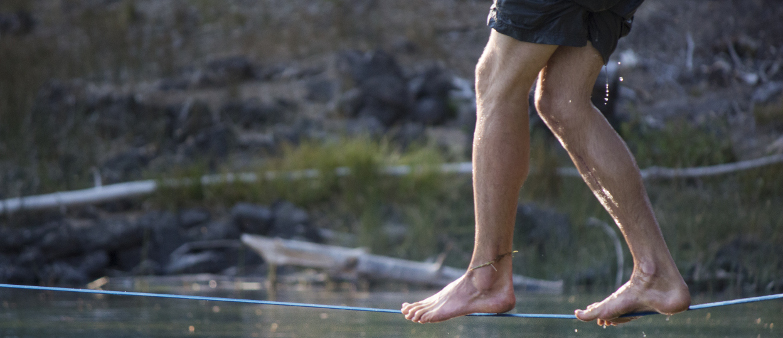
Over time, structural alignment, muscular development, and proprioception will increase naturally with a transition to natural footwear. However, there are a few exercises that you can use to practice and develop improved balance quicker. Perform the following exercises barefoot; try them with and without Correct Toes to see if you feel a difference in balance and stability.
- 1. Single-leg balance practice: stand on one foot and hold the opposite foot off the ground for 15-60 seconds; then switch legs. Make note of how the left and right differ. For a challenge, balance with your eyes closed. Doing activities like yoga will also incorporate this type of movement.
- 2. Walking on a balance beam heel-to-toe. For a challenge, try a slackline.
- 3. Stand on a foam pad: first try with both feet then progress to balancing on one foot. The foam pad makes the standing surface more unstable and requires greater muscular activation to balance.
- 4. Single-leg exercises at the gym are also helpful for integrating balance into strength work. Single-leg split squats and single-leg Romanian deadlifts are two exercises that can not only strengthen your lower body but also simultaneously improve balance.


